
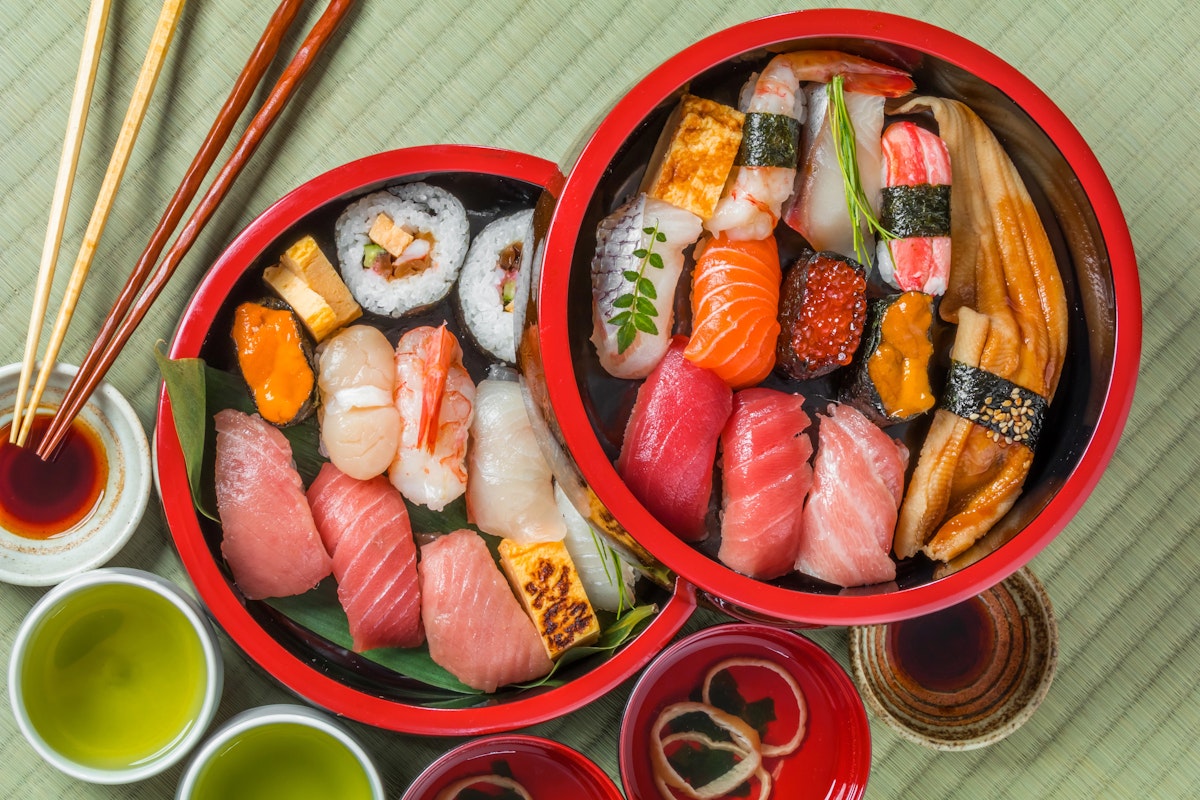
東京是一個美食的寶庫,融合了幾世紀的傳統和現代風格。作為世界頂尖的美食之都之一, 東京提供從樸實的街邊小吃到米其林星級美味的各種選擇。
無論是第一次造訪東京,還是計劃專門的美食之旅,本指南將幫助你導航其充滿活力的飲食文化。所以,讓我們一起探索東京的美食,發現一些隱藏的珍寶。
東京的飲食文化反映了日本豐富的歷史、多樣性,以及對新鮮、高品質材料的重視。作為世界上最大的都市區,擁有超過100,000家餐廳,提供日本料理和國際美食。
不論是來自標誌性築地魚市場的新鮮壽司、豐盛的拉麵碗,還是精心製作的日本米飯料理,東京的美食為每一個味蕾提供了選擇。對於第一次造訪者或經驗豐富的旅客來說,東京的食物不僅僅是一餐——這是一種慶祝日本文化和傳統的體驗。
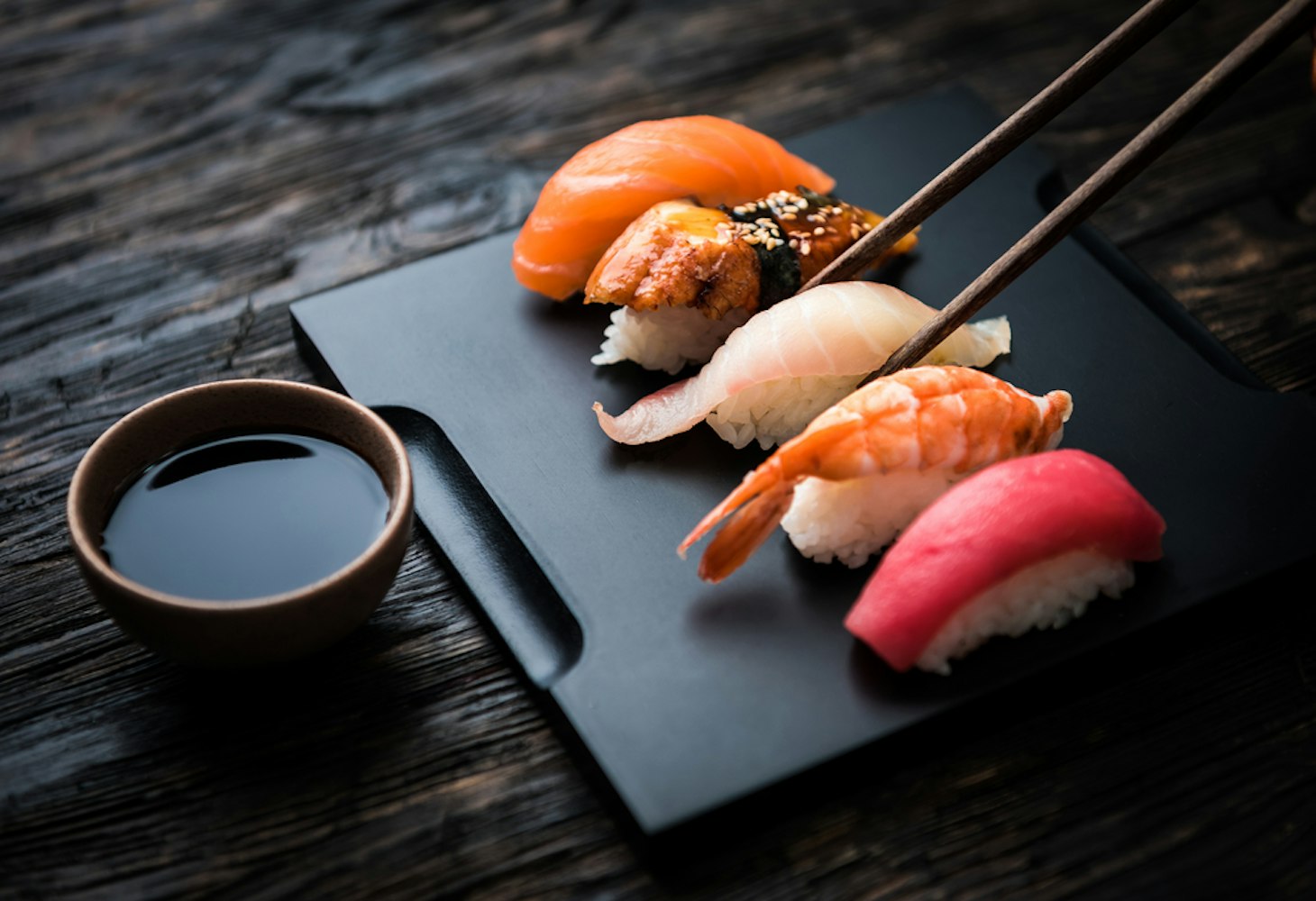
沒有任何東京美食指南是完整的,少了提到 壽司。這座城市的壽司餐廳範圍從高級的專業壽司廚師的餐廳到提供實惠卻新鮮壽司的迴轉壽司店。
為了獲得難忘的體驗,前往著名的築地魚市場(或其更新的對應者豐洲市場),在那裡你可以享用新鮮的白魚、金槍魚和來自江戶灣的貝類製成的壽司。如果你在東京站附近,會發現多個壽司餐廳提供創意又正宗的菜單項目。
提示:詢問當地人或使用Google地圖來尋找銀座地區的隱藏美食體驗。
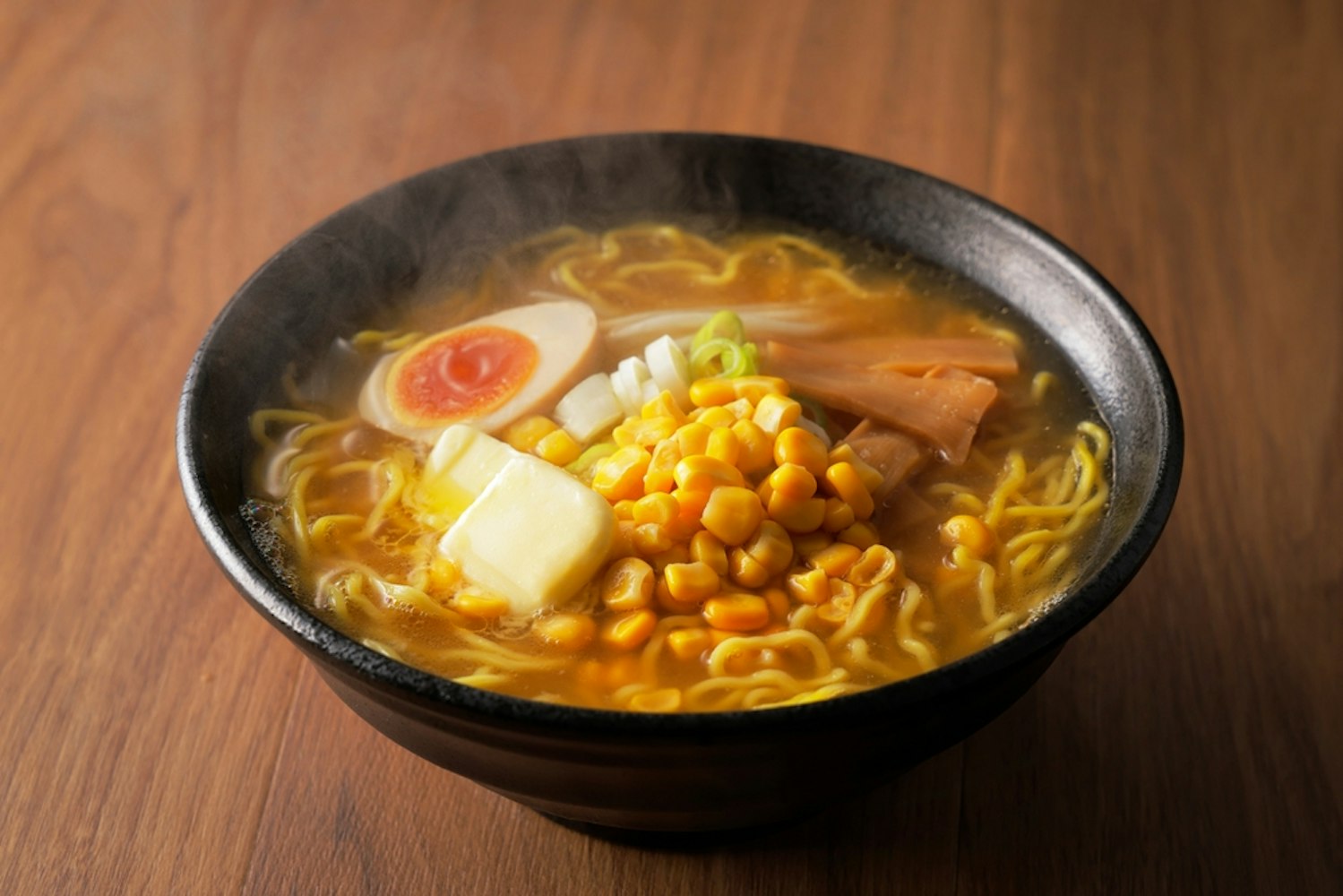
拉麵麵條是 東京料理中的主打,提供一頓受本地人和遊客喜愛的豐盛美味。在這座城市中,無數的拉麵餐館展示了這道經典菜餚的獨特演繹,經常製作出反映其烹飪風格和地區影響的招牌碗。
從清淡清新的鹽味拉麵(鹽基高湯)到濃郁豐滿的味噌拉麵及用豬骨高湯製作的滑順豐腴的豚骨拉麵,總有一種口味適合每個人。新宿站,一個繁忙的中心,擁有東京一些最著名的拉麵店,吸引著第一次訪問的遊客和渴望品嚐噴香拉麵的資深拉麵愛好者,享受盛滿完美煮熟的麵條、嫩豬肉、青蔥和柔滑蛋白的熱碗。

傳統的日本天婦羅在東京是一種深受喜愛的美食,以其輕盈、酥脆的外衣和細膩的風味而聞名。專門從事天婦羅的餐廳慎重挑選季節性食材,如飽滿的蝦、嫩白魚和新鮮蔬菜,將它們炸至完美,保持其自然風味。
每一片都有輕盈的醬汁伴隨,由醬油、出汁和味醂製成,增強天婦羅的風味,同時保持完美的平衡。在高級的 銀座地區,一些高檔餐廳將天婦羅提升到藝術的水平,提供精心策劃的套餐,展示日本料理的工藝和優雅。
因此,天婦羅是美食愛好者必嘗的體驗。
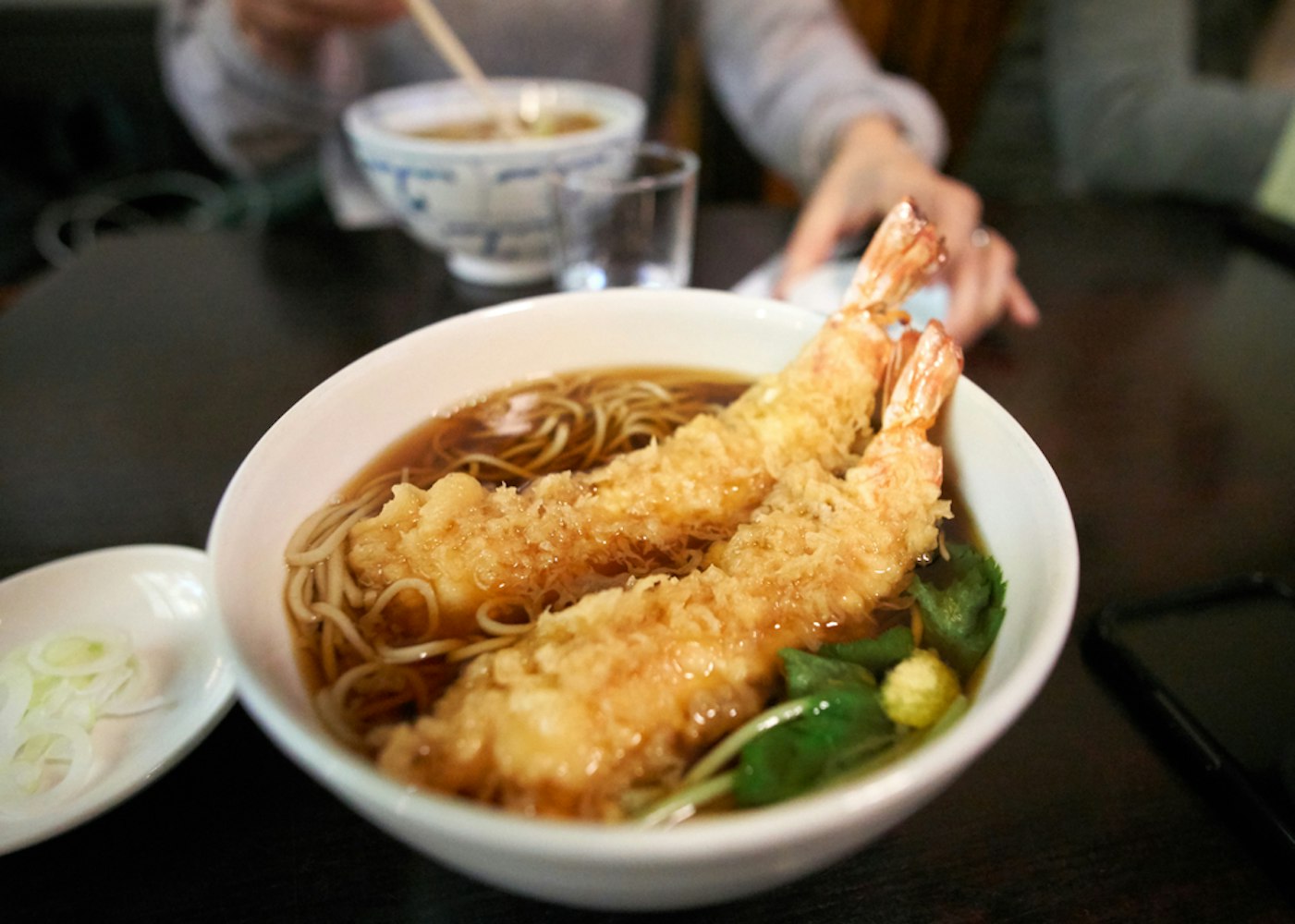
蕎麥麵是用富含營養的蕎麥粉製作的,這是東京飲食文化的一個受歡迎的主食。因其簡單和多樣性而受到讚賞。
通常與基於醬油的沾醬冷食,在溫暖的月份提供清爽的餐點,而熱湯版則在東京寒冷的冬天給人以安慰。許多靠近鐵路和東京站的拉麵和蕎麥麵店專門供應蕎麥麵。
為了獲得良好的用餐體驗,它們通常與豐盛的味噌湯、醃製的美味蔬菜或完美烤制的魚同時搭配。對於那些尋求正宗日本料理的人來說,蕎麥麵捕捉了季節性食材的精髓和傳統製作的精緻。
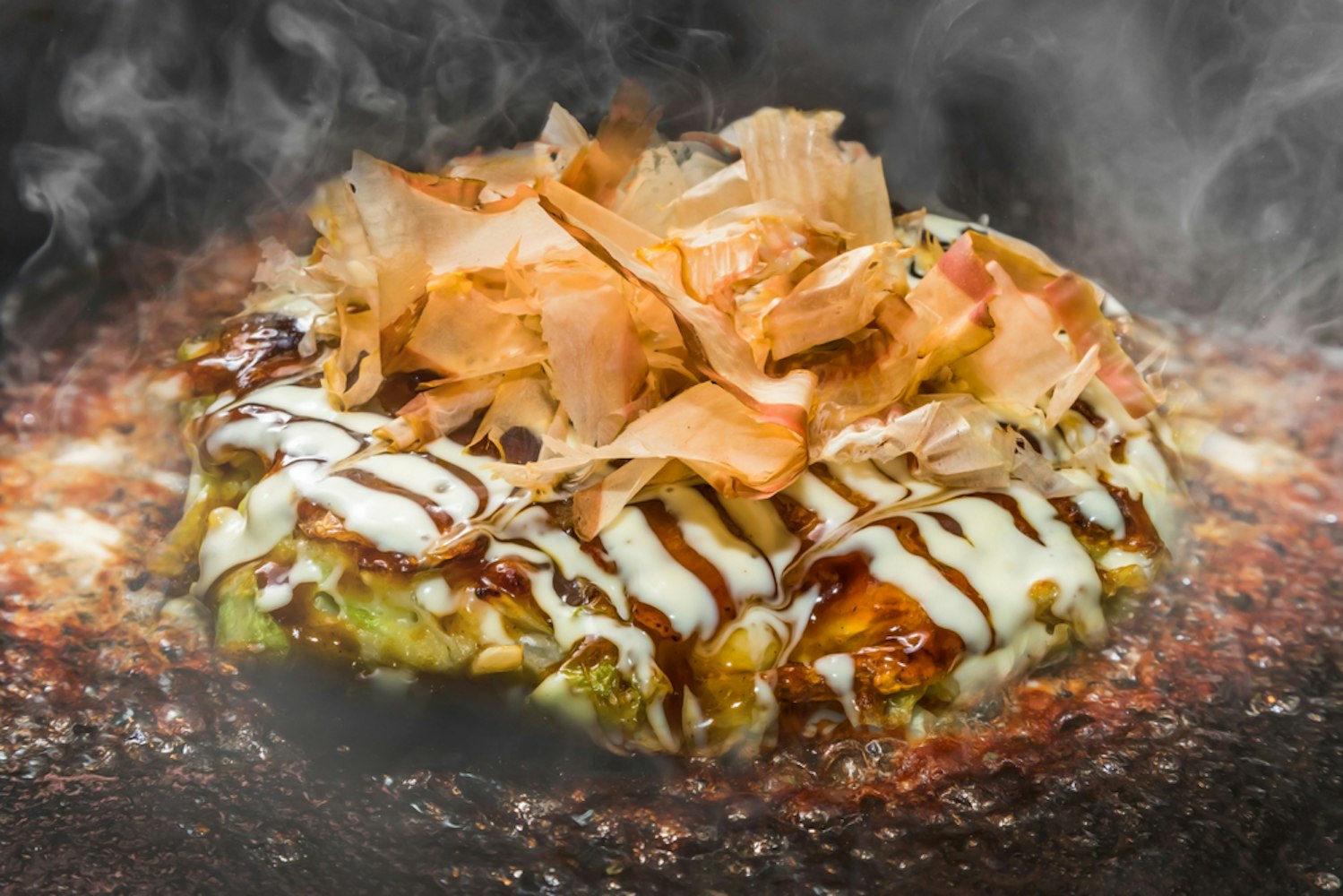
源自 關西和廣島風格的好併焼,已成為東京飲食文化的一部分。它提供了一種結合風味和娛樂的獨特用餐體驗。這種鹹煎餅直接在熱板上製作,基本材料是切碎的捲心菜、日本米和蛋白。
顧客可以根據自己的喜好,添加各種配料,例如嫩豬肉片、新鮮海鮮或脆春蔥,來創造適合自己的餐點。看著技藝精湛的廚師在你眼前混合、形成和精確翻轉煎餅,增添了一種戲劇性,讓你更深入地欣賞這道豐盛菜餚背後的工藝。
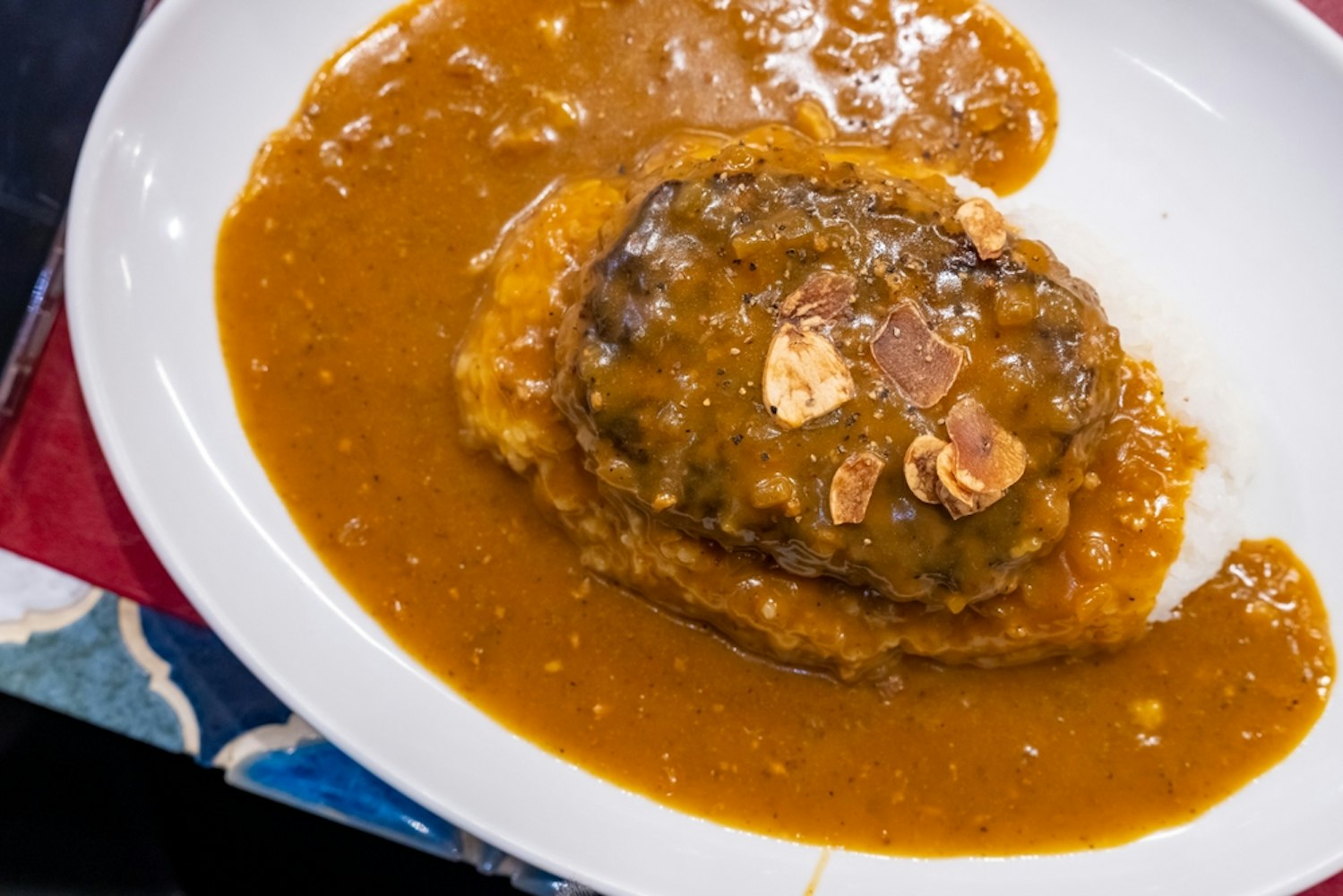
日本咖哩是一道舒適而美味的菜餚,以略帶甜味、濃稠和絲滑的質地而脫穎而出。它提供與香辣和更芳香的印度咖哩不同的獨特扭轉。東京的餐廳通過將微辣的咖哩與完美烹製的雞腿、香脆的炸豬排(豚カツ)或各式新鮮、季節性蔬菜搭配,提升了這道菜。
放在一床蓬鬆的日本米上,這道菜在溫暖和豐富之間達到了完美的平衡,使其成為當地人和遊客的舒適飯。它的普遍吸引力和能夠根據不同口味進行定制,使其成為東京最受喜愛和滿足人心的美食主食之一。
雖然東京擁有許多知名餐廳,但它也充滿了隱藏的珍寶。在 東京的社區如下北澤或吉祥寺漫遊,在那裡你會發現提供當地特色的小型日式餐廳。
這些鮮為人知的地方,從提供現烤魚的小餐館到將小菜與酒精飲料搭配的傳統居酒屋,值得尋找。想要真正的本地體驗,可以向日本人詢問他們的個人最愛。
他們評價餐廳的方式常常反映一家餐廳的真實性和質量。
跟隨Google地圖:無論你是尋找壽司餐廳還是拉麵店,Google地圖是一個可靠的工具,能夠發現高評價的地方。
時間很重要:東京最好的餐廳,特別是在東京站和 新宿站附近,可能會有很長的隊伍。提前到達或在非高峰時段會幫你節省時間。
融入當地禮儀:日本文化強調禮貌和尊重。用餐前總要說「頂きます」(感謝的話),並留意餐桌禮儀。
嘗試季節性食材:東京料理經常融入新鮮、季節性的食材,展現當季最佳的風味。
東京的食物不僅是為了滿足需求——它是體驗日本文化、歷史和創意的窗口。每道菜,從壽司和拉麵到蕎麥麵和日本咖哩,反映了幾世紀的烹飪傳統,同時擁抱現代影響。
對於首次訪問者和經驗豐富的旅客來說,東京的食物提供無與倫比的風味、口感和用餐體驗。無論是在拉麵店享受一碗熱乎乎的味噌拉麵,還是享用由大廚製作的壽司,每一口都慶祝著日本最優秀的烹飪。
東京的飲食場景如同這座城市本身一樣充滿活力和多樣性。從在 築地魚市場品嚐新鮮壽司,到發現新宿站附近的隱藏拉麵寶藏,等待著你的美味體驗絕對不會少。
因此,下次你造訪日本時,讓這份東京美食指南成為你探索這座城市充滿活力的美食景觀的地圖。準備好你的食慾,帶上冒險的心態,並準備潛入一個充滿難忘風味的世界!



